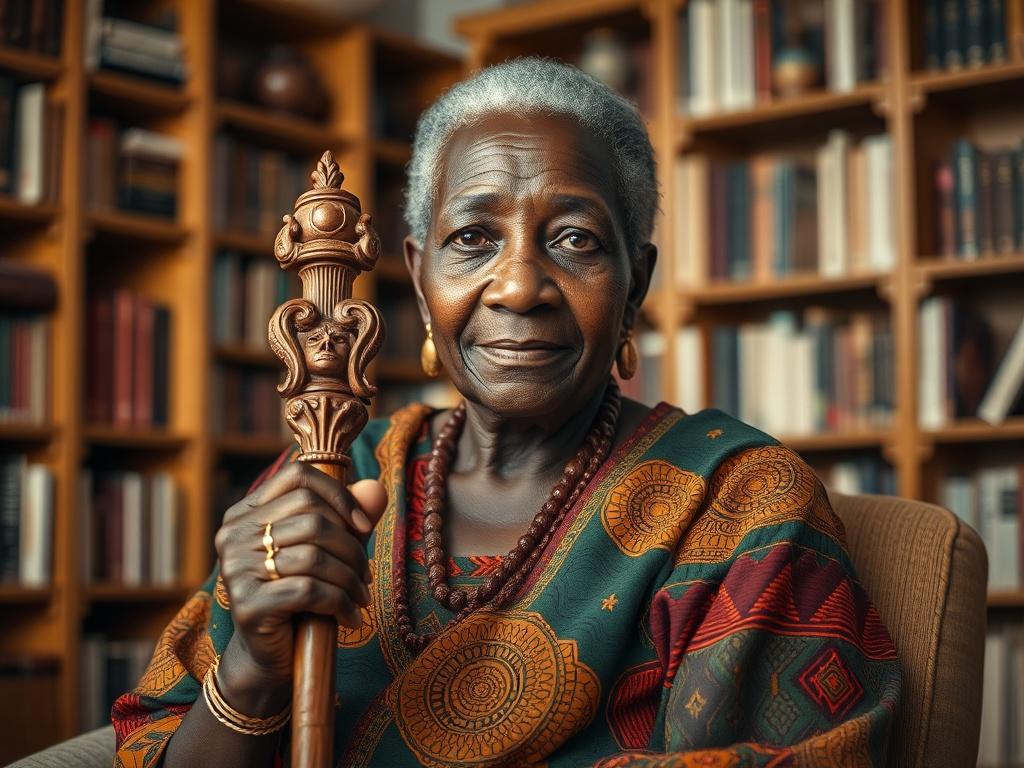
7 Mistakes You're Making with Oral Tradition Recording (and How to Fix Them)
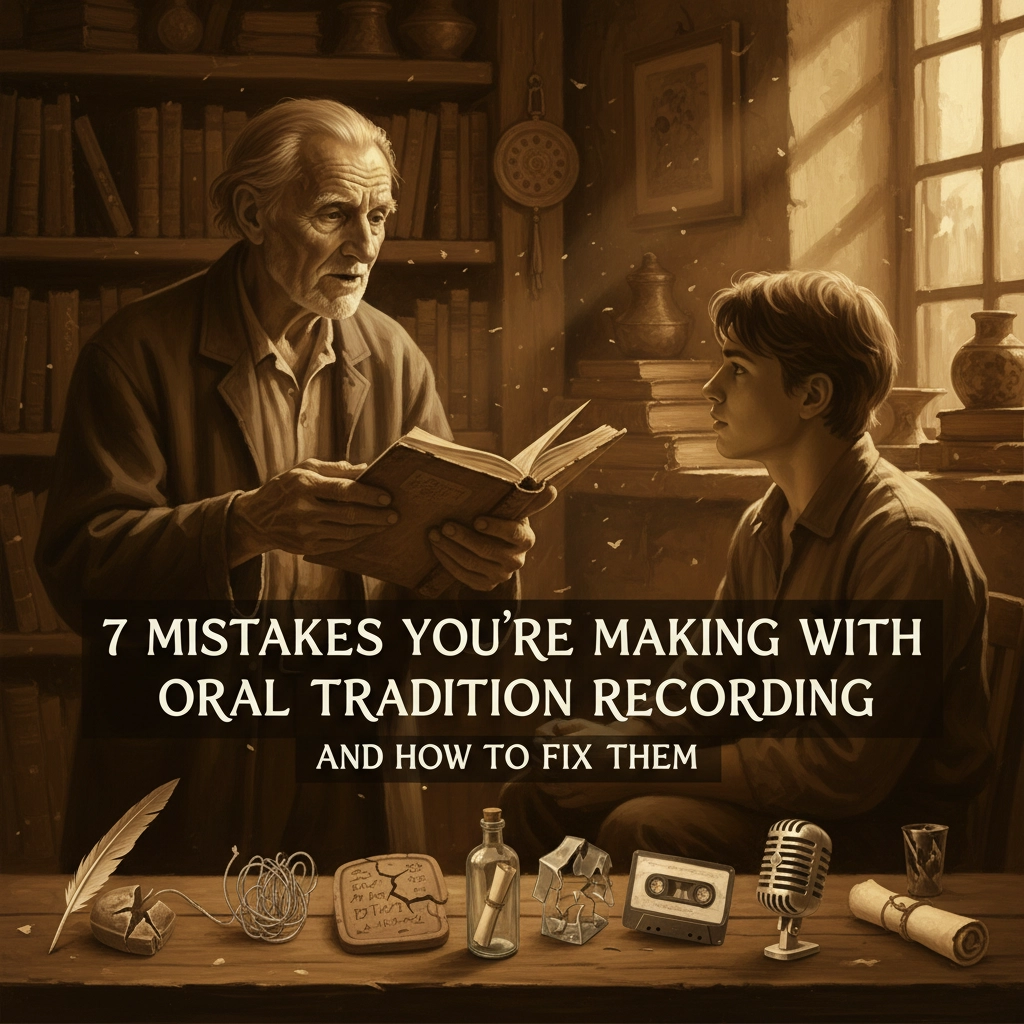
Recording the voices of our elders is sacred work. Every story shared carries generations of wisdom, every pause holds meaning, and every recording becomes a bridge connecting past and future. Yet too often, we approach this precious task unprepared, making preventable mistakes that can diminish the power of these ancestral voices.
Whether you're documenting family histories, preserving community traditions, or safeguarding cultural knowledge, the quality of your recordings matters deeply. These aren't just audio files: they're living testimonies that deserve our utmost care and respect.
Here are seven critical mistakes that can undermine your oral tradition recording efforts, along with practical solutions to ensure these invaluable stories are captured with the dignity they deserve.
Mistake #1: Recording Without Sacred Purpose or Preparation
The most profound error isn't technical: it's spiritual. Too many people approach oral history recording with casual intentions, treating it like a simple conversation rather than the sacred act of cultural preservation it truly is. Without clear purpose, recordings become scattered fragments instead of meaningful testimonies.
This lack of preparation extends beyond spiritual readiness. Many attempt to record elders without understanding the historical context of their stories, the cultural significance of their experiences, or the specific wisdom they carry. The result? Superficial conversations that barely scratch the surface of deep ancestral knowledge.
How to Honor This Sacred Work:
Begin with intention. Before approaching any elder, spend time understanding their background, the historical period they lived through, and the cultural traditions they embody. Research the community's heritage, significant events that shaped their generation, and the specific wisdom traditions they might carry.
Prepare thoughtful questions that go beyond basic facts. Instead of "What was life like when you were young?" ask "What prayers or songs did your grandmother teach you?" or "What wisdom did your elders pass down about surviving difficult times?"
Most importantly, approach this work with reverence. You're not just collecting stories: you're becoming a keeper of cultural memory.
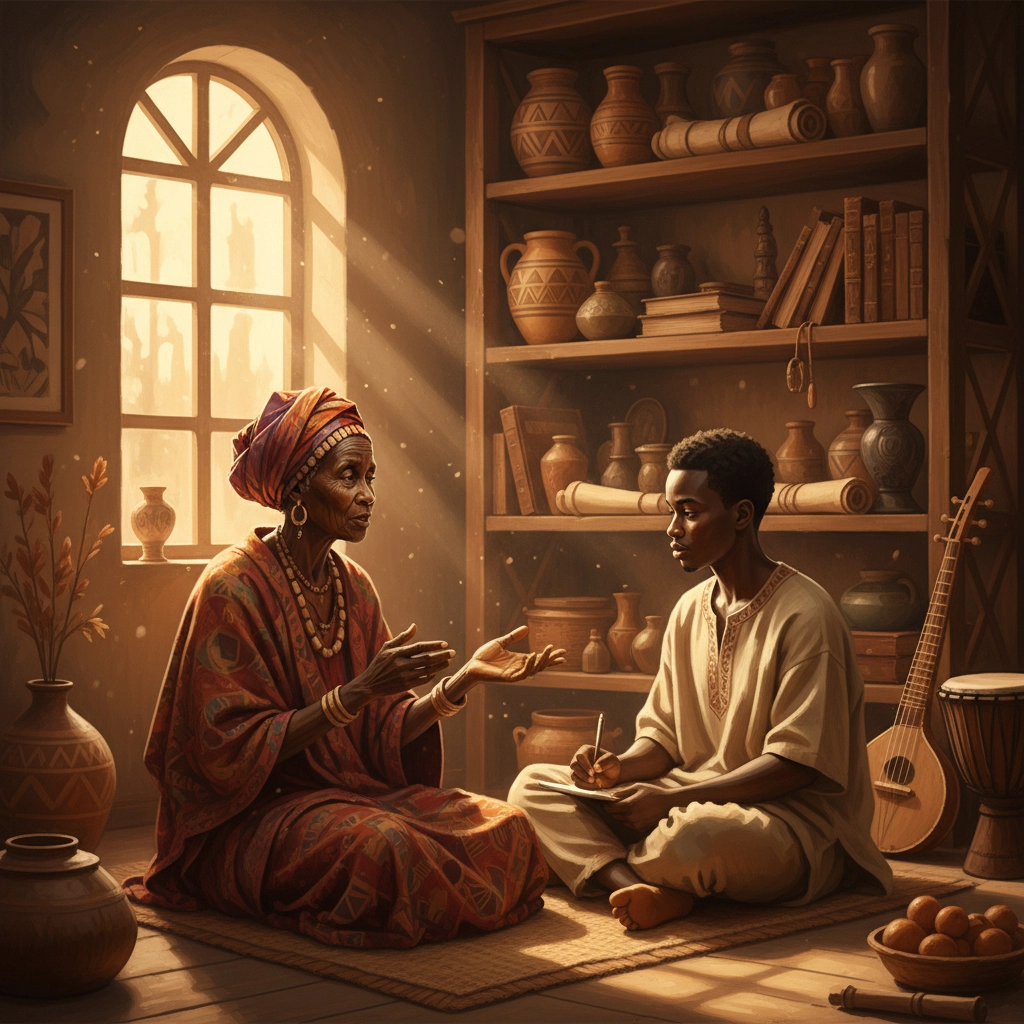
Mistake #2: Assuming Consent Without Building Trust
Respect begins with permission. Many well-intentioned family members and community workers make the mistake of assuming their elders want their stories recorded. This assumption can create resistance, discomfort, or worse: the loss of valuable storytelling opportunities entirely.
Elders may have complex feelings about sharing their stories. Some worry about revealing family secrets, others feel their experiences aren't important enough to record, and many simply prefer privacy. Rushing into recording without establishing genuine connection and trust dishonors their autonomy and wisdom.
Building Sacred Consent:
Always begin with relationship, not recording. Visit your elder multiple times before bringing any equipment. Share meals, listen to their daily concerns, and demonstrate genuine care for their wellbeing beyond their stories.
When you do discuss recording, explain your vision clearly. Share how their wisdom will be preserved, who might hear their stories, and how their knowledge will benefit future generations. Give them complete control over the process: they should decide what to share, when to pause, and how their stories will be used.
Remember: consent is ongoing. Even after initially agreeing, elders should feel empowered to stop recording, request edits, or change their minds entirely.
Mistake #3: Disrespecting Stories Through Poor Technical Setup
Nothing dishonors an elder's sacred wisdom like a recording so poor it can't be understood. Yet countless precious testimonies are lost to technical failures: weak microphones that can't capture soft voices, internal recording systems that pick up machine noise, or power failures that cut off crucial moments.
Poor technical setup sends an unintended message: that the elder's words aren't worth proper preparation. It also creates practical problems that can interrupt the flow of storytelling and make elders self-conscious about the recording process.
Creating Technical Excellence:
Invest in quality external microphones: either table mikes for stationary conversations or lapel mikes for more mobile storytelling. Internal microphones on phones or basic recorders rarely capture the nuanced tones and quiet voices of elderly speakers.
Always use dual power sources. Bring a recorder that can operate on both batteries and electricity, plus extension cords for unpredictable outlet locations. Test all equipment beforehand, including backup devices.
Consider your elder's comfort with technology. Some feel intimidated by visible recording equipment, while others want to understand how it works. Adapt your setup to their preferences while maintaining recording quality.
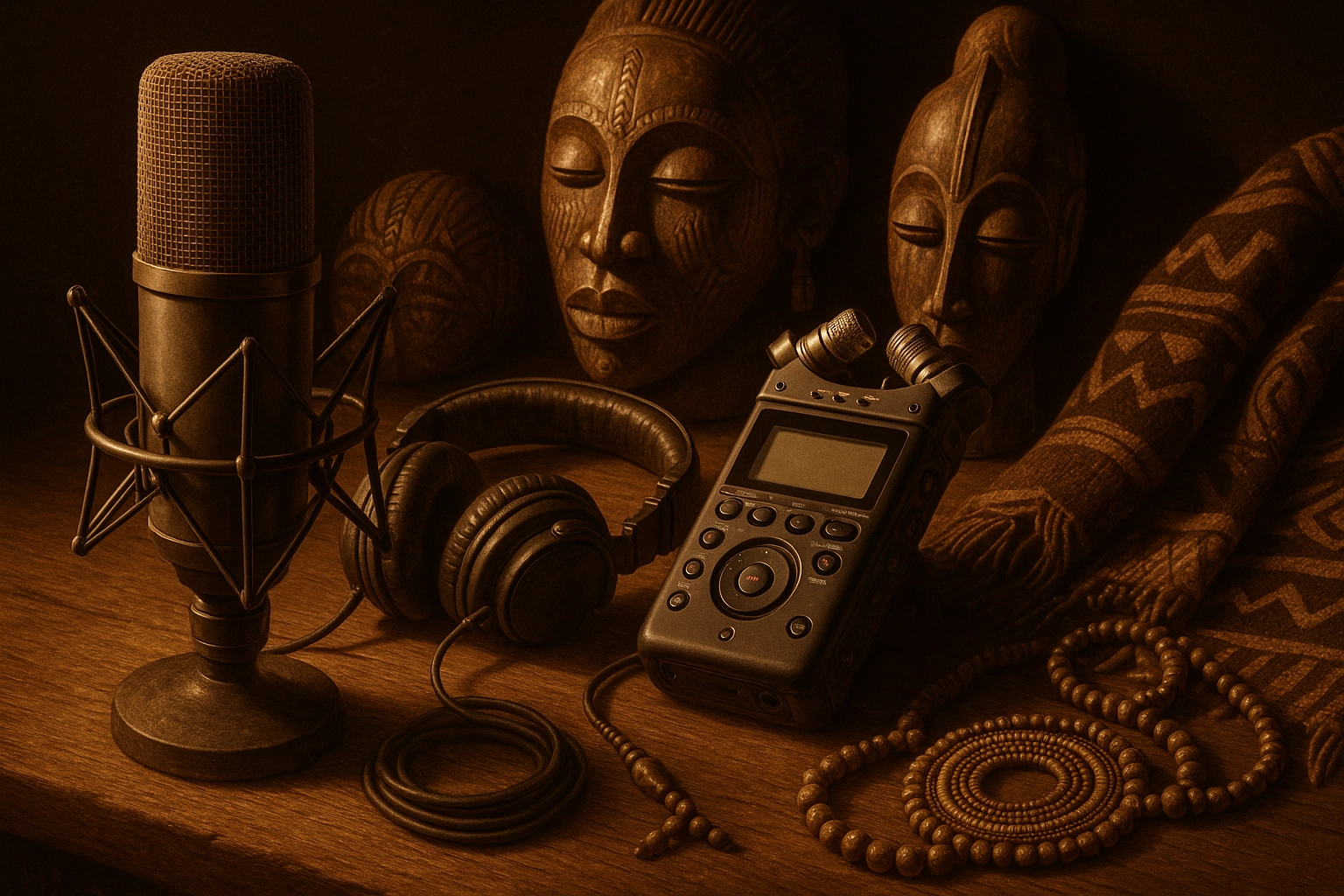
Mistake #4: Choosing Spaces That Compete with Ancestral Voices
The environment where stories are shared shapes their power. Recording in spaces with background noise, harsh echoes, or constant interruptions can transform intimate wisdom-sharing into stressful technical exercises. Poor location choices also affect the elder's comfort and willingness to share deeply personal memories.
Many recordings happen in convenient but inappropriate spaces: busy kitchens during family gatherings, living rooms with loud televisions, or outdoor areas with traffic noise. While these locations might feel natural, they can overshadow the very voices we're trying to preserve.
Creating Sacred Recording Spaces:
Choose quiet locations where your elder feels most comfortable and won't be interrupted. This might be their favorite chair, a peaceful garden, or a community space that holds meaning for them.
Control environmental factors ruthlessly. Turn off televisions, fans, and air conditioners. Ask family members to hold calls and visits during recording sessions. If you hear traffic, airplanes, or other background noise, pause and wait for quiet moments.
Pay attention to acoustics. Rooms with soft furnishings, carpets, and curtains create warmer, clearer recordings than spaces with hard surfaces that generate echo. Don't hesitate to arrange the space: move furniture, add cushions, or temporarily adjust lighting to optimize both sound quality and your elder's comfort.
Mistake #5: Using Materials Unworthy of Sacred Stories
The medium matters. Using cheap recording materials or inappropriate storage systems shows disrespect for the precious content being captured. Low-quality tapes that stretch, break, or degrade quickly can destroy irreplaceable testimonies. Similarly, digital files stored without proper backup systems risk permanent loss.
This mistake often stems from treating oral history recording as a casual activity rather than serious cultural preservation work. The materials and methods we choose reflect the value we place on these ancestral voices.
Choosing Materials Worthy of Wisdom:
Use high-quality recording media appropriate for long-term preservation. For tape recordings, invest in good brand-name cassettes of 60 or 90 minutes: longer tapes are too thin and prone to problems. Choose tapes assembled with screws rather than glue, allowing for repairs if needed.
For digital recordings, use professional-grade equipment with sufficient storage capacity. Create multiple backup systems immediately after each session: cloud storage, external drives, and local copies ensure these precious voices survive technical failures.
Label everything meticulously with date, participant name, topics covered, and cultural context. Create detailed documentation that will help future generations understand and access these recordings meaningfully.
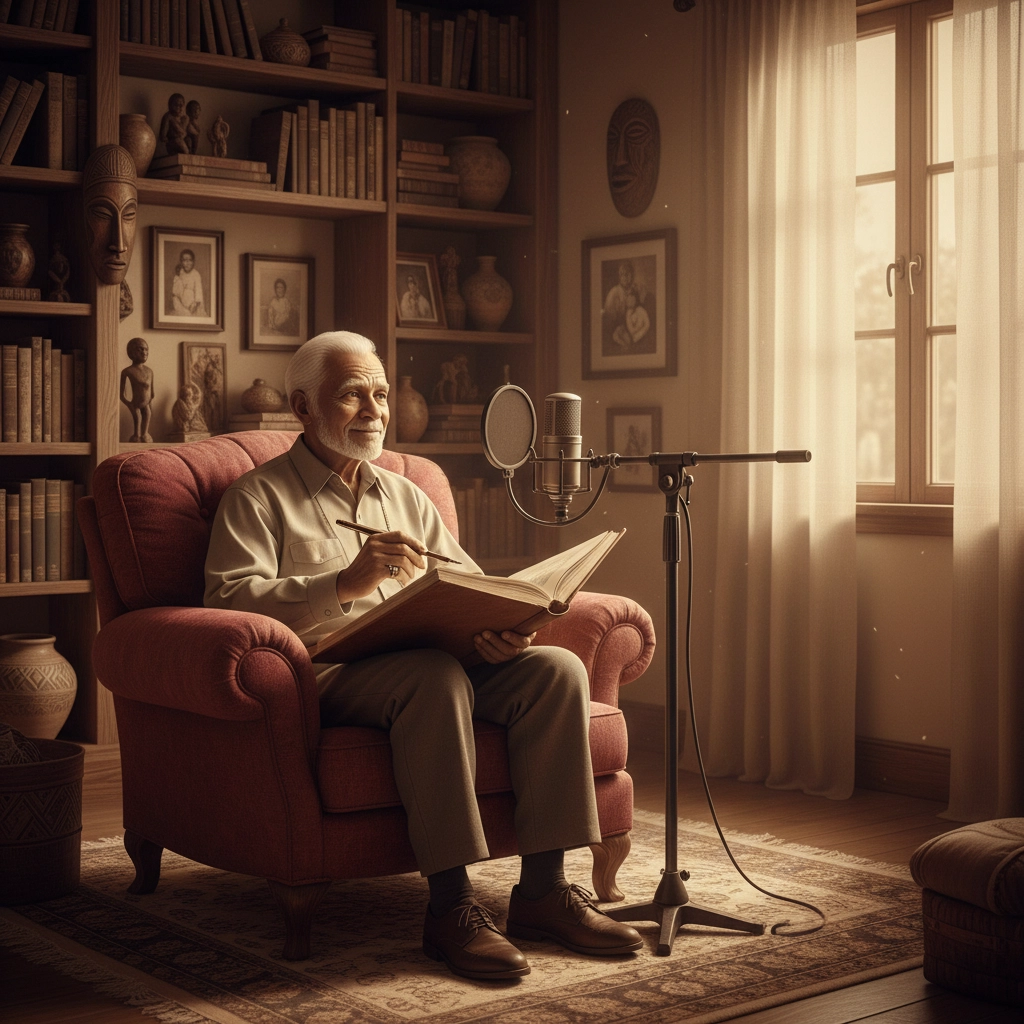
Mistake #6: Approaching Sacred Work Without Practice
Oral tradition recording is both art and skill. Many people attempt to capture their elder's wisdom without developing the technical competence and interpersonal sensitivity this work demands. The result? Missed opportunities, technical failures during crucial moments, and uncomfortable experiences that discourage elders from sharing deeply.
Practice isn't just about learning equipment: it's about developing the patience, listening skills, and cultural sensitivity required to draw out meaningful stories. It's about becoming worthy of the trust elders place in us when they share their most precious memories.
Developing Sacred Skills:
Practice recording conversations with family and friends in various settings. Experiment with different microphone positions, recording levels, and environmental conditions. Learn to operate your equipment invisibly, without drawing attention away from the storytelling.
Develop your listening skills. Practice asking open-ended questions that invite storytelling rather than simple yes/no responses. Learn to sit with silence: elders often need time to access deep memories and find the right words for sacred experiences.
Study your equipment thoroughly. Understand how to adjust recording levels, manage storage space, and troubleshoot common problems quickly and quietly. Technical competence shows respect for your elder's time and stories.
Mistake #7: Treating Recordings as Possessions Rather Than Cultural Treasures
Perhaps the gravest mistake is what happens after recording ends. Too many precious testimonies end up forgotten on shelves, poorly labeled and inaccessible to the very communities that need them most. This transforms meaningful cultural preservation work into mere personal keepsakes.
Poor organization and preservation planning wastes not just the technical effort, but dishonors the elders who trusted us with their stories. When recordings become lost, damaged, or inaccessible, we break the sacred trust inherent in cultural preservation work.
Creating Living Archives:
Develop systematic preservation practices from the beginning. Create detailed catalogs including participant information, cultural context, historical significance, and topic summaries. Use consistent naming conventions that will make sense to future generations.
Plan for accessibility. Consider how these recordings will serve their intended purpose: connecting generations, preserving cultural knowledge, and strengthening community identity. Digital platforms like Ejiogbe Voices can help transform personal recordings into community treasures accessible across generations.
Most importantly, honor the ongoing relationship with recorded elders. Share the final recordings with them, incorporate their feedback, and ensure they see how their wisdom is being preserved and shared. This transforms recording from extraction to collaboration, maintaining the sacred relationship between elder and community.
Honoring the Voices That Shape Us
Every elder's voice carries irreplaceable wisdom. Every story shared is an act of generosity that bridges generations and preserves cultural memory. When we approach oral tradition recording with the reverence, preparation, and technical excellence these sacred testimonies deserve, we become partners in one of humanity's most important work: ensuring ancestral wisdom survives and thrives.
The mistakes outlined here are preventable through careful preparation, respectful approach, and technical competence. But beyond avoiding errors, successful oral tradition recording requires recognizing the profound responsibility we accept when elders trust us with their stories.
These voices shaped us. Now it's our turn to ensure they shape future generations, preserved with all the dignity, clarity, and accessibility they deserve.
